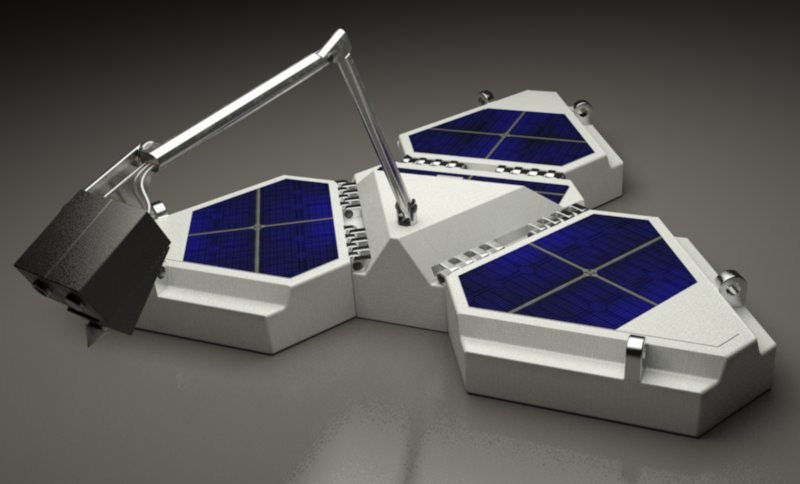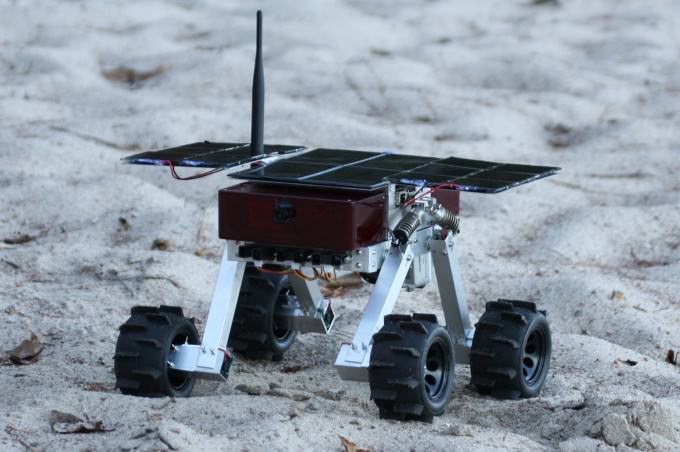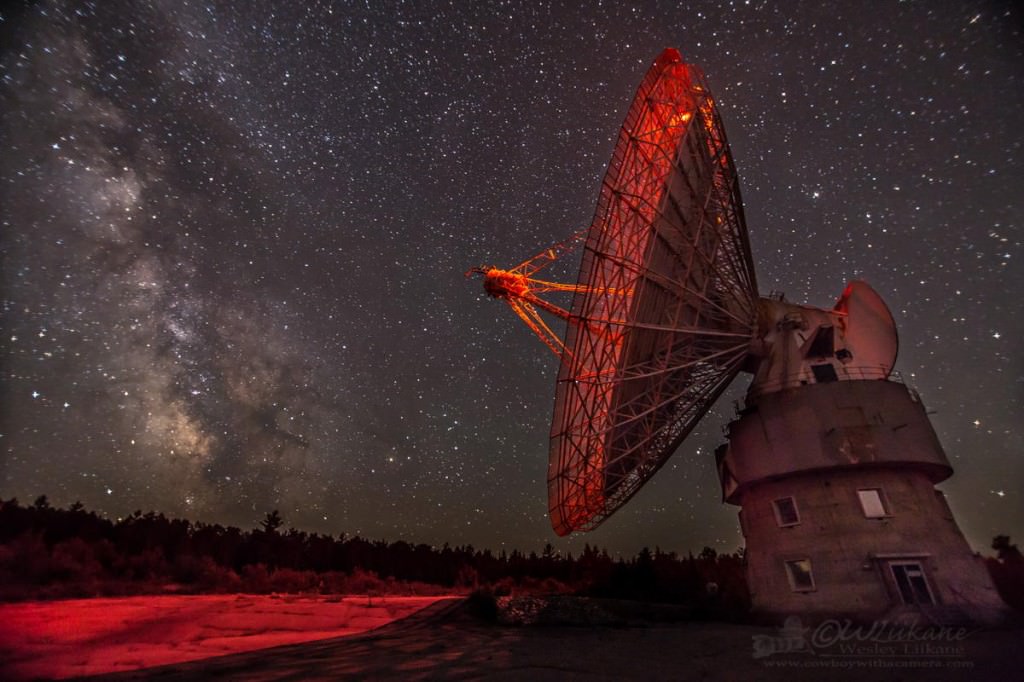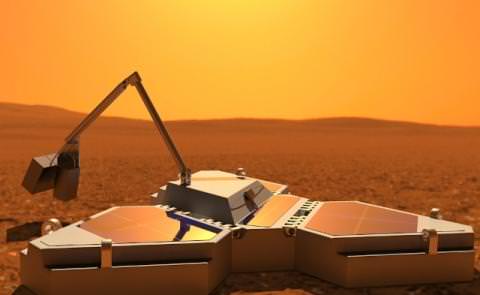The first Canadian mission to Mars could be blasting off towards the Red Planet in just three years time. At least, that is what Thoth Technology, a Canadian aerospace company from Pembroke, Ontario, hopes to accomplish. And two days ago, they launched an Indiegogo campaign to raise the 1.1 million dollars needed to pay for all the hardware needed to make the mission happen.
If it is successful, it would be first Canadian mission to the surface of Mars.
The project for this Canadian mission would involve sending the Northern Light lander and Beaver rover in space and land them on Mars. Once there, the Beaver rover will be deployed and begin conducting surveys of the Martian surface, alongside the many other robotic rovers and orbiters studying the Martian landscape.
“I think it’s important to do big things,” said Ben Quine, principal investigator for the mission. “Mars is the only other habitable planet in the solar system, and if we want to survive, we need to be a multi-planet species.”
Quine is the technical director and chair of the board at Thoth Technology and a professor of space engineering at York University, which is a partner on the project, houses a lot of the space testing facilities, and will analyze the data from the mission.

The main goal of the mission is to expand upon the efforts being made by NASA’s Curiosity, Spirit, and Opportunity rovers, which have only explored a half dozen sites on Mars. By exploring more areas, they hope to find other signs of life on the harsh landscape, and using knowledge gleaned from studies in the Canadian Arctic no less.
According to Quine, in Antarctica and the Canadian Arctic, photosynthetic microbes can be found in a layer a millimeter or two below the surface of the rock. Here, they are protected from the harshest of the sun’s UV rays, but can still use sunlight to produce energy.
Northern Light will look for similar life on Mars by using the lander’s robotic arm to grind away the surface of rocks. It will then use a device called a photometer to scan for different shades of green that may indicate the presence of photosynthetic organisms. Quine and his colleagues also hope to determine what future technologies will be required to sustain a future human presence.
“If we are serious about living on Mars,” he said, “we need to explore it much more thoroughly. We probably need hundreds of landers to pepper the surface prior to sending people so we know exactly what it is that we’re up against, where we’d find things like minerals and where we’d want to live.”
Intrinsic to the company’s plan is the widespread exploration of Mars using low cost, off-the-shelf technology. For example, the Northern Light lander probe has a mass under 50 kg (including payload) and is made of an advanced composite material that includes thermal shielding and shock absorption. The probe includes solar arrays to generate power for the instrumentation and lander avionics.

As for the Beaver rover, its small size and low-cost mask the fact that it is like no other rover that has ever gone to Mars. For one thing, it weighs just six kilograms (13 pounds). In comparison, NASA’s Curiosity rover weighs in at a hefty 900 kilograms (1980 pounds, close to an imperial ton), forcing it to rely largely on nuclear power to lug its bulk around.
The NASA rovers, which are controlled from Earth, also move very slowly and cover only a few dozen meters per day because their commands take 15 minutes to reach Mars from Earth. By contrast, the Beaver rover is designed to be quicker, in part by being more independent.
“We’re going to embed intelligence into the rover,” Quine said, “and the rover is going to be tasked to drive around and explore the environment using autonomous algorithms built into the rover to determine things like when it should make a maneuver to avoid falling into a hole or run into a rock.”
Quine said he has already spent 12 years working on the project and his team has spent half a million dollars developing and testing prototypes of the lander and micro-rover. They’ve also performed space tests on some of the instruments by flying them on satellites in low-Earth orbit.

Thoth Technologies also recently spent $1 million leasing and repairing the Algonquin Radio Observatory from the federal government, which they plan to use as a ground station to communicate with the lander and rover when they are on Mars.
As for the tricky task of getting to Mars, Quine and his colleagues hope to barter their way aboard one of the many missions heading to Mars in 2018. These include the joint Russian-European Space Agency ExoMars rover mission and an Indian Space Research Organization mission that will likely include a lander and rover.
In exchange for hitching a ride on one of these rockets, they will collect and relay other agencies’ data from Mars via the ARO ground station, which can collect them at times of day when places like Russia and India are facing away from Mars.
Those who are interested in supporting their campaign are being incentivized with a chance to help choose the landing site for the mission, and will get rewards ranging from a Frisbee for $20 or the chance to name the lander for $1 million.
The company has also launched a social campaign – featuring Ed Robertson of the “Barenaked Ladies” – urging people to create and upload their own “Mars dance” video to marsrocks.ca.
To find out more, check out their promotional video or click on the link below:
Further Reading: Mars Rocks

